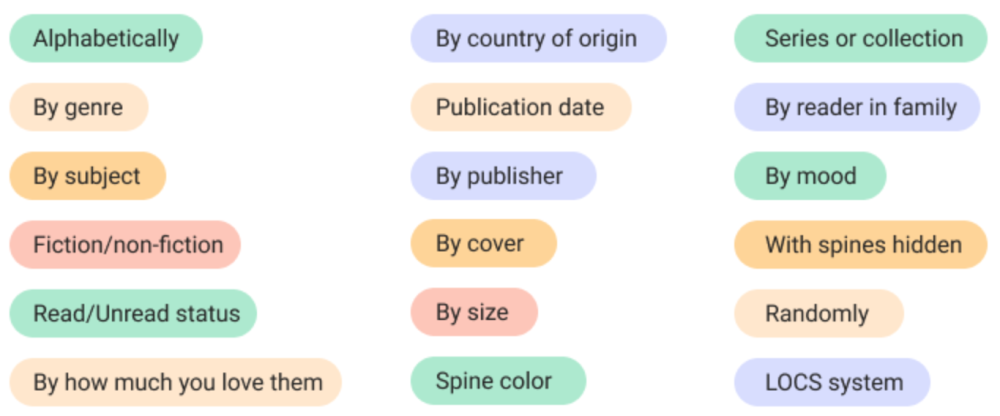Table of Contents
I’m going to welcome you into the fascinating world of second hand books. This isn’t just about decluttering your space or earning a bit of extra cash; it’s also about contributing to a culture of sustainability and sharing knowledge.
You’re going to find out about the numerous reasons why selling secondhand books can be rewarding, both personally and environmentally. Did you know that each used book sold is one less printed new? That means fewer trees sacrificed and a smaller carbon footprint.
The secondhand book market is quite the adventure. It’s a place where rare finds, out-of-print editions, and beloved classics exchange hands. It’s where your old stories find new audiences, and where the life of a book is extended beyond its first read.
Now, imagine giving your books a second chance to inspire, entertain, and educate someone else. That’s the genuine beauty of this process – the endless cycle of learning and sharing that you become a part of. Let’s keep this momentum going as I show you how to prepare your cherished tomes for their next journey.
Preparing Your Books for Sale

Imagine you’re standing in front of a crowd at an auction, each holding a potential gem from your bookshelf. To make them irresistible to buyers, you need to put in a bit of elbow grease. This isn’t just about dusting off covers; it’s about ensuring your books are in sellable condition that meets buyer expectations.
What’s the first step? You’re going to assess the value of your second hand books. This means looking at factors like rarity, demand, and condition. A first edition, signed copy, or an out-of-print gem can fetch a tidy sum. There are online tools and resources to help you gauge the worth of your used books, so don’t overlook this part.
Now let’s spruce up those books. A clean, well-cared-for book can win hearts (and open wallets). Wipe down the covers, erase pencil marks, and repair torn pages if you can. Remember, people often judge a book by it’s cover, so make it look as appealing as possible.
Organising your collection is your next move. Categorise your books by genre, author, or condition. It helps potential buyers to navigate your collection with ease. Create an inventory list — it’s a simple step but makes a world of difference when managing multiple listings.
In my opinion, a little preparation goes a long way when you’re looking to convert your secondhand books into extra cash. By the time you list them for sale, they should be looking their best, valued appropriately, and organised systematically.
Choosing the Right Platforms to Sell Your Books

If you want to maximise your earnings and find the right buyers, selecting where to sell your books is key. Let’s get into some of the best options out there.
I’m going to kick off with online marketplaces, which are incredibly popular. Sites like eBay, Amazon, and AbeBooks come to mind. They’re vast and have a wide audience, but they also come with fees and plenty of competition.
Not to be understated are specialised book reselling websites that cater to book lovers. Platforms like BookScouter are handy for comparing buyback prices if you’re looking to sell quickly.
Then there’s selling in person. Don’t overlook local bookstores and libraries. Some might buy your books directly or offer store credit. Libraries occasionally host book sale events where you can set up your own stall.
Local classifieds and bulletin boards can give you a chance to connect with fellow bibliophiles nearby. Plus, it’s more likely that you can skip the hassle of shipping.
Now, social media and community groups — these are real gems for targeting specific audiences. Facebook Marketplace and groups dedicated to book selling can provide a direct line to interested buyers.
And let’s not forget about apps like Nextdoor and Letgo. These keep sales local and can expedite the process. You never know; your next-door neighbour might just be your ideal customer.
Best Practices for a Successful Sale

I’m going to unveil some key tactics to ensure your success in selling secondhand books. This isn’t just about getting rid of old reads; it’s about connecting the right book with the right person while making a profit.
Crafting an irresistible book listing is paramount. You’ll want to include a clear, truthful description and high-quality images that showcase the book’s condition. Highlight unique features or rare editions if applicable.
Communication with potential buyers can make or break a deal. Respond promptly and courteously, providing any additional information that may help them make a decision. Transparency is key to building trust.
Finally, let’s talk about getting paid and sending off your book. Opt for secure payment methods and be upfront about shipping costs and times. Proper packaging will prevent damage and ensure your buyer’s satisfaction, which is crucial for possible future transactions.
Choose something that resonates with you when it comes to the selling method—whether online, face-to-face, or somewhere in between. Your comfort and confidence in the process are important.
Remember, your first attempt doesn’t need to be your last. Learn from each sale. I really hope that you find both enjoyment and success in selling your secondhand books. Engaging in the secondhand market not only benefits your wallet but also contributes to a larger culture of sustainability and literacy.
If you would like to sell books online in the UK then please click here for our best guide.
If you are interested in selling your treasured possessions online, please click here to read our comprehensive guide to make the most out of your old books
Follow Me On My Socials!
Kay,
secondlifeloot.com

